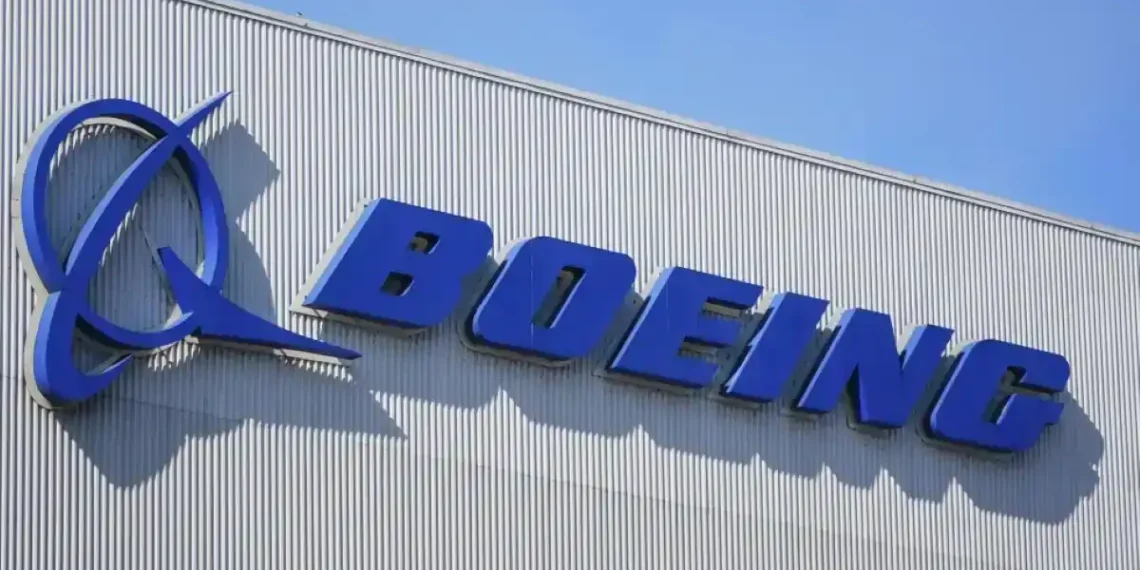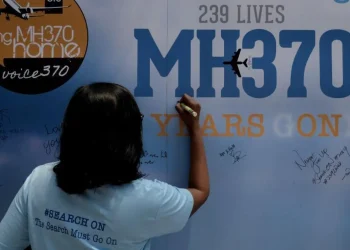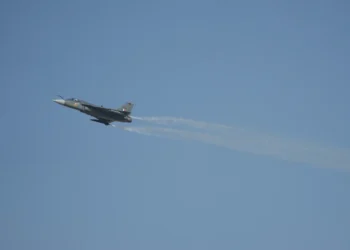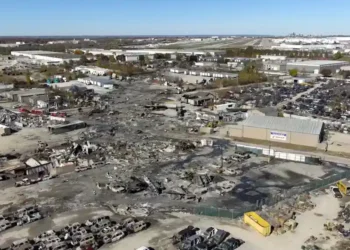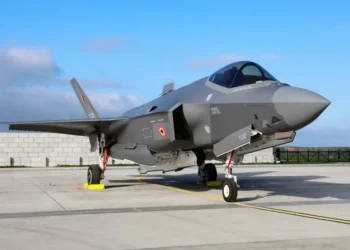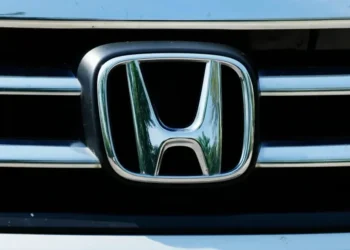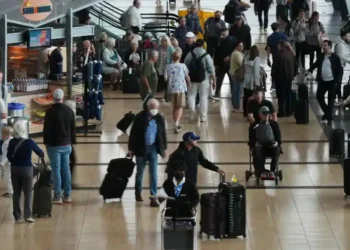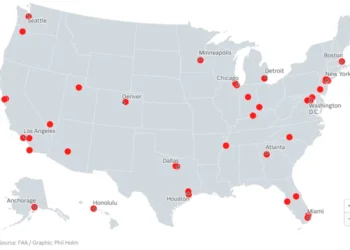After Air India Crash, Boeing Faces Renewed Scrutiny Over Safety, Finances, and Trust
The crash of an Air India Boeing 787 Dreamliner on Thursday, just minutes after takeoff from Ahmedabad, has once again cast a harsh spotlight on Boeing’s mounting troubles—both technical and financial. While the cause of the crash is still under investigation, the tragedy marks the first fatal crash involving a 787 since the model entered service in 2009.
The aircraft went down in a densely populated area, killing all 242 people on board and several on the ground. In the hours following the disaster, Boeing’s shares dropped more than 5% in pre-market trading, reigniting conversations about the company’s safety record and long-term viability.
The 787 Dreamliner: A Groundbreaking Jet With a Troubled History
When Boeing unveiled the 787 Dreamliner, it was hailed as a next-generation marvel—lighter, more fuel-efficient, and technologically advanced. One of its standout features was the use of lithium-ion batteries, which promised better energy storage and faster charging.
But that innovation came with risk. In 2013, the entire 787 fleet was grounded worldwide after a series of battery fires, raising serious concerns about the plane’s reliability. While Boeing fixed the battery issue and returned the aircraft to service, the incident marked an early crack in the Dreamliner’s reputation for safety.
Now, with the Air India crash—the first deadly incident involving a Dreamliner—those questions are back on the table.
Boeing’s Bigger Problem: The 737 MAX Legacy
Beyond the Dreamliner, Boeing has spent the past several years grappling with the fallout from the 737 MAX crisis, which claimed 346 lives in two separate crashes—one in Indonesia in 2018 and another in Ethiopia in 2019.
Investigations revealed that a faulty sensor triggered an automated flight control system that pushed the nose of the aircraft downward, overriding pilot inputs. Following the second crash, the 737 MAX was grounded globally for nearly two years while Boeing redesigned the flight control software and faced intense scrutiny from regulators.
Just last month, the U.S. Department of Justice struck a controversial deal allowing Boeing to avoid criminal prosecution over claims it misled regulators before the crashes.
And the problems haven’t stopped there. Earlier this year, a door plug blew off a 737 MAX operated by Alaska Airlines during flight, prompting the FAA to cap Boeing’s production rate at 38 jets per month—another blow to the company’s credibility.
A Financial Picture Deep in the Red
Boeing’s troubles aren’t limited to the tarmac. The company posted a staggering $11.8 billion loss in 2024, pushing its total losses since 2019 to over $35 billion.
These mounting losses were made worse by a major strike by machinists at Boeing’s Washington state plants in Renton and Everett, which temporarily shut down production and delayed deliveries to customers worldwide.
Falling Behind: Boeing vs. Airbus
With stepped-up government scrutiny and ongoing labor issues, Boeing has fallen behind its chief rival, Airbus, in aircraft deliveries. In 2024, Boeing managed to deliver just 348 commercial jets, down from 528 the year before.
Airbus, by contrast, delivered 766 aircraft in 2023 alone—more than double Boeing’s output.
Yet Customers Still Want Boeing Jets
Despite all the setbacks, Boeing hasn’t lost its appeal entirely. Just last month, it announced massive new orders from Middle Eastern carriers, including a $96 billion deal with Qatar Airways for 787s and 777X wide-body aircraft—the largest 787 order in Boeing’s history.
These orders suggest that while the company is reeling from one crisis after another, many airlines still see Boeing jets as essential to their future fleets—especially for long-haul routes where the 787 is known for efficiency.
Why It Matters
The crash of Air India Flight AI171 isn’t just a tragic outlier—it’s part of a broader pattern that paints a worrying picture of a once-dominant company fighting to restore public trust.
From technical flaws and fatal crashes to labor unrest and multi-billion-dollar losses, Boeing is navigating a storm that has shaken confidence in modern aviation safety, corporate accountability, and the regulatory system meant to keep passengers safe.
The investigation into the cause of the Air India crash is just beginning. But for Boeing, the questions are already piling up—and the world is watching.
This article was rewritten by JournosNews.com based on verified reporting from trusted sources. The content has been independently reviewed, fact-checked, and edited for accuracy, neutrality, tone, and global readability in accordance with Google News and AdSense standards.
All opinions, quotes, or statements from contributors, experts, or sourced organizations do not necessarily reflect the views of JournosNews.com. JournosNews.com maintains full editorial independence from any external funders, sponsors, or organizations.
Stay informed with JournosNews.com — your trusted source for verified global reporting and in-depth analysis. Follow us on Google News, BlueSky, and X for real-time updates.
